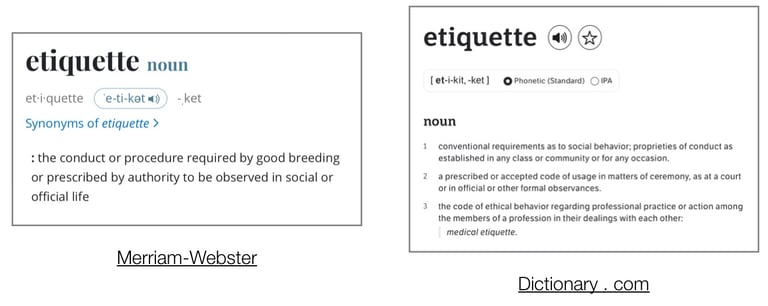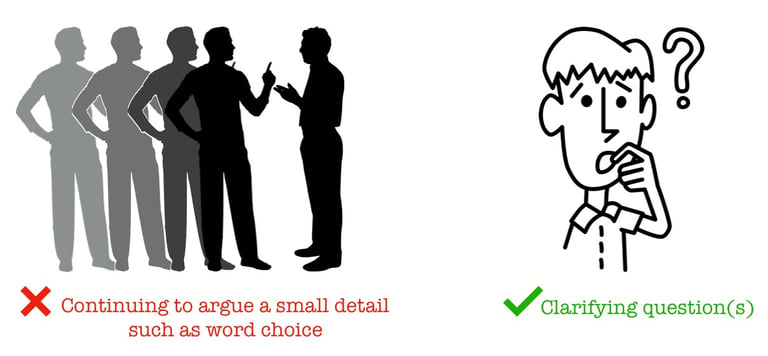

Neurotypical people often conform to the norms and expectations of their families, their communities, and society overall, regardless of how they may want to communicate. They can be very tied to the practices they were raised with. If they were taught, for example, to never ask for help, to protect the reputation or image of the family in the community, or to communicate in roundabout ways, they may continue those behaviors into adulthood, even when they are not effective, Unlike neurodivergent people, neurotypical people may have little to no experience developing their own methods and work-arounds. This is the way they do it because it is the way it was always done.
NT people tend to limit communication by guidelines (familial or societal) that may be outdated or problematic.


Example:
“I need to do the dishes”
Meaning:
“If you have dishes anywhere, bring them to the kitchen now.” And/Or
“I will be using hot water so if you were thinking of getting a shower, wait.”
Example:
“This is too heavy for me”
Meaning:
“Please carry this for me” And/Or
“I want to see if this person genuinely cares about my well being and wants to make things easier for me.”
Why this happens:
In the case of the dishes, this way of communicating is particularly common for people who are feeling overwhelmed. It is a blanket statement to everyone in ear shot and is a short way to convey multiple messages at once. If you know dishes are being washed, and you know you have dishes in your room, this is your call to action to collect them. If you know the water heater cannot produce enough hot water for a shower and washing dishes at the same time, this is your warning. A lot of meaning gets packed into one sentence when people are overwhelmed.
A different reason people might phrase things this way is because they have been taught that stating directives outright is seen as demanding, bossy, or rude. This is especially likely for people raised in a family with a hierarchical structure, including but not limited to a traditionally patriarchal family. The lower status people in a family may depend on higher status people for tasks and supplies but cannot be seen as demanding or ordering a higher status person to do anything. People raised in that kind of dynamic learned how to ask for things in subtle and careful ways. They may then have unconsciously passed that communication style down to the next generation.
NT people are often more concerned with being nice than being kind.








